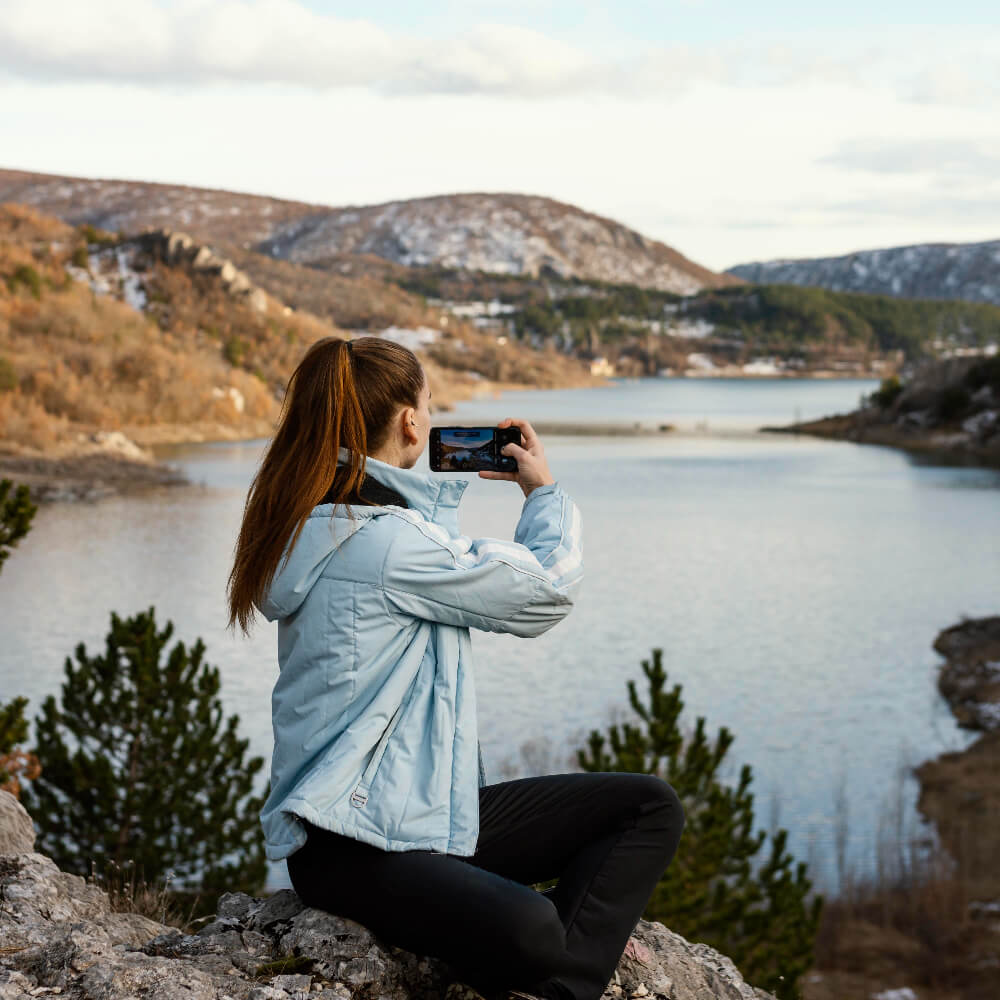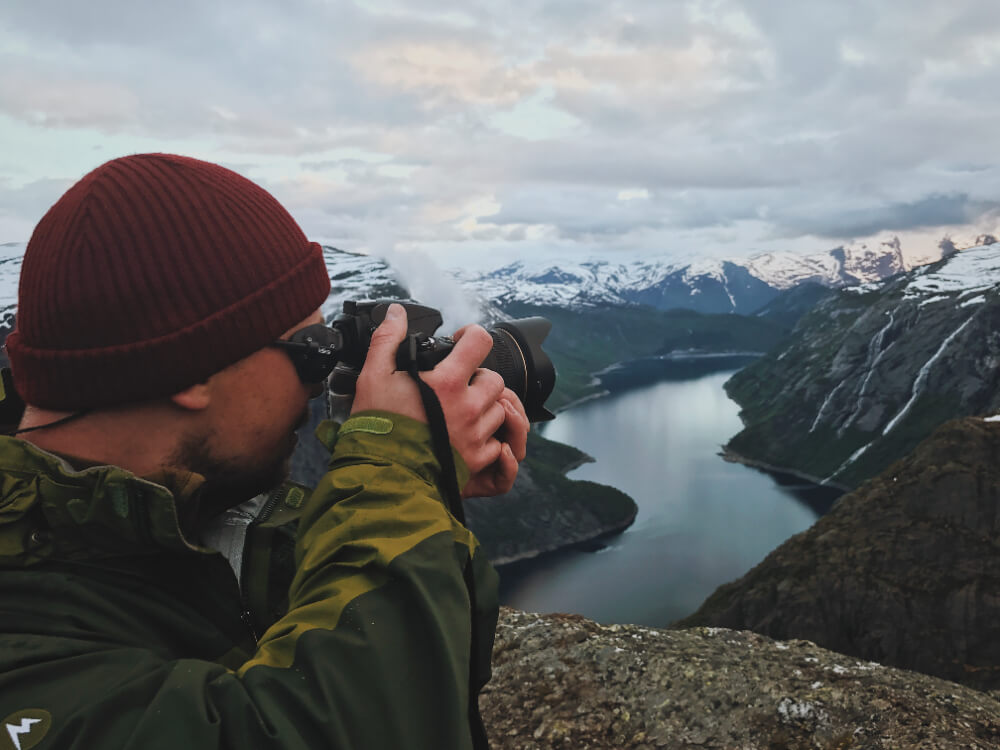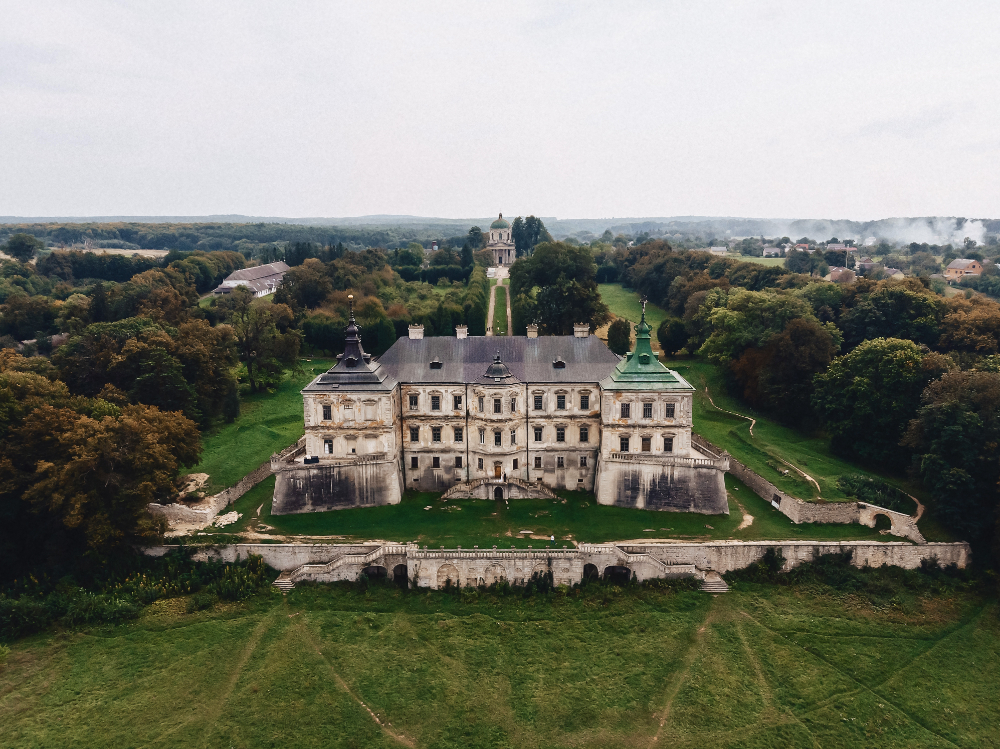Mountain photography tips is a thrilling yet challenging pursuit. Whether you’re hiking up steep ridges or gazing at towering peaks from a distance, capturing these breathtaking scenes requires more than just pressing the shutter button.
Many photographers, especially beginners, have questions about how to get the best results.
How do you handle the tricky lighting in the mountains? What gear should you bring? And how do you compose a shot that truly reflects the grandeur of the landscape? Let’s dive into these common questions and explore the technical side of mountain photography.

Essential Gear for Mountain Photography Tips
When it comes to capturing the majestic beauty of alpine landscapes, your gear matters.
It can be the difference between a snapshot and a stunning photograph.
Here’s what you’ll want to consider:
- Camera: A DSLR or mirrorless camera with manual settings is ideal. These give you control over exposure, focus, and other crucial settings.
- Lens: Wide-angle lenses (16-35mm) are perfect for capturing expansive landscapes. A telephoto lens (70-200mm) is great for zooming in on distant peaks or wildlife.
- Tripod: Mountains can often mean unstable terrain. A sturdy tripod is a must for those long exposures and steady shots.
- Filters: Polarizing filters help reduce glare from snow or water, while ND (neutral density) filters allow for long-exposure shots even in daylight.
Pro tip: Don’t forget extra batteries and memory cards—cold weather can drain them quickly!
Mastering Mountain Lighting
Lighting can be a tricky aspect of mountain photography. The mountains are constantly changing, and lighting can shift dramatically throughout the day.
Here’s how to make the most of it:
- Golden Hour: The hour after sunrise and the hour before sunset offer the softest, most flattering light. These are perfect times for dramatic mountain shots, where shadows and highlights work together to create depth.
- Avoid Harsh Midday Sun: The midday sun can cast harsh shadows and overexpose the snow. If you must shoot at this time, consider shooting in black and white to highlight texture and contrast.
- Snow and Reflections: Snow reflects a lot of light, so you may need to adjust your exposure compensation to avoid overexposure.
Personal Story: On a hike up Mount Cook in New Zealand, I waited for hours in the cold for the perfect light.
The payoff was a shot that captured the mountain’s massive size with just the right glow from the setting sun. Patience truly pays off in mountain photography.
Techniques for Great Composition
The beauty of the mountains is in the details, but it can be overwhelming to know where to start.
Here’s how to compose your shots:
- Leading Lines: Use natural lines like rivers, trails, or ridges to draw the viewer’s eye into the frame.
- Framing: Frame your shot using elements like trees, rocks, or even other mountains to create a sense of scale.
- Rule of Thirds: Place key elements, such as the horizon or a standout peak, along the rule of thirds lines for a more balanced composition.
Example: When I was photographing the Alps in Switzerland, I used a large tree in the foreground to add depth and help frame the distant mountain peaks.
It helped me convey the vastness of the landscape.
Dealing with Weather and Terrain
The weather in the mountains can be unpredictable.
Here’s how to prepare for changing conditions:
- Check the Weather: Mountain weather can change on a dime. Always check the forecast and be ready for sudden shifts in conditions. If it starts snowing or raining, be prepared to protect your gear.
- Dress Appropriately: Layering is key to staying comfortable. Don’t forget waterproof gear and sturdy shoes, especially if you’re hiking to your photography spots.
- Be Safe: Mountains can be dangerous. Always stay aware of your surroundings, and don’t take unnecessary risks for a shot.
Personal Story: I once got caught in a snowstorm in the Rockies while shooting. The visibility dropped to almost nothing, but I managed to capture an eerie, moody shot of snow-covered trees that turned out to be one of my favorites.
Sometimes, the unpredictable weather creates the most dramatic photos!
Editing Tips for Mountain Photos
After you’ve captured your images, editing can enhance your work even further.
Here are some editing tips:
- Adjust the Exposure: If you’ve shot in snow, you may need to tweak the exposure to bring out the details that can get lost in the bright areas.
- Enhance the Colors: Increase the saturation slightly to make the blues of the sky and the whites of the snow pop, but avoid going overboard.
- Sharpen for Detail: Mountain shots often feature lots of fine details, from rugged cliffs to tiny patches of wildflowers. Make sure your image is sharp where it counts.

Common Challenges in Mountain Photography (And How to Overcome Them)
Mountain photography can be tough, but with the right approach, you can tackle common obstacles:
- Changing Weather: As mentioned earlier, mountain weather is unpredictable. Keep a waterproof camera bag, and if you can, take multiple shots when the conditions are good.
- Harsh Lighting: The sun can be overpowering in alpine settings. Use a lens hood to minimize lens flare, and experiment with different exposures to find the right balance.
- High Altitudes: At high altitudes, your camera may be affected by the thinner air. Always keep your gear clean and dry, and try to take a few test shots to ensure the settings are correct.
Conclusion
Mountain photography tips is an incredibly rewarding experience, but it’s not without its challenges.
By preparing with the right gear, understanding lighting, and practicing techniques like composition and patience, you’ll be able to capture the awe-inspiring beauty of alpine landscapes.
Have you captured any mountain scenes that you’re particularly proud of? Share your favorite tips or photos in the comments below—I’d love to hear about your experiences! And if you found this guide helpful, feel free to share it with fellow photographers on social media!
Frequently Asked Questions
What are the essential camera settings for mountain photography tips?
- Aperture: Use a small aperture (e.g., f/16) for a deep depth of field, ensuring both foreground and distant mountains are in focus.
- Shutter speed: Opt for faster speeds to achieve sharper images.
- ISO: Keep it low, ideally around 100-200, to minimize noise in your images.
- Focus: Utilize manual focus and the hyperfocal distance technique for maximum sharpness across the frame.
Which lenses are best for mountain photography?
- Wide-angle lenses (16-24mm) are excellent for capturing sprawling landscapes with mountainous backgrounds.
- Telephoto lenses (70-200mm or longer) can make mountains appear larger and more imposing in the background.
- For a balanced approach, consider carrying both wide-angle and telephoto lenses to adapt to different scenes and compositions.
How can I improve my mountain photography composition?
- Use layers to convey depth by including foreground, middle ground, and background elements.
- Incorporate foreground interest to engage viewers and establish scale1.
- Utilize natural lines like ridges and waterways to guide the viewer’s eye through the image.
- Experiment with different perspectives, such as shooting from high vantage points or low angles.
What’s the best time of day to photograph mountains?
- Golden hours (dawn and dusk) provide warm, diffused light that accentuates mountain topography.
- Post-rain conditions can enhance color vibrancy and create dramatic atmospheric effects.
- Early morning or late afternoon light helps create depth through shadows and highlights.
How do I handle challenging lighting conditions in mountain photography?
- Use bracketing for high-contrast scenes, taking multiple shots at different exposure levels.
- When photographing snowy landscapes, meter off non-snow areas (like your hand or the sky) to avoid underexposure.
- Consider using graduated neutral density filters to balance bright skies with darker foregrounds.
- In low-light conditions, increase ISO carefully or use a tripod to maintain image quality.


